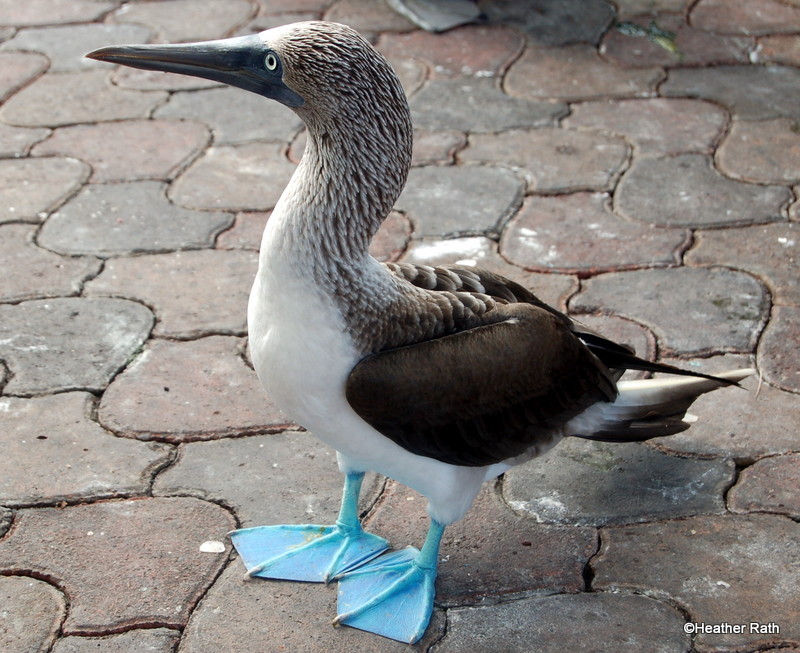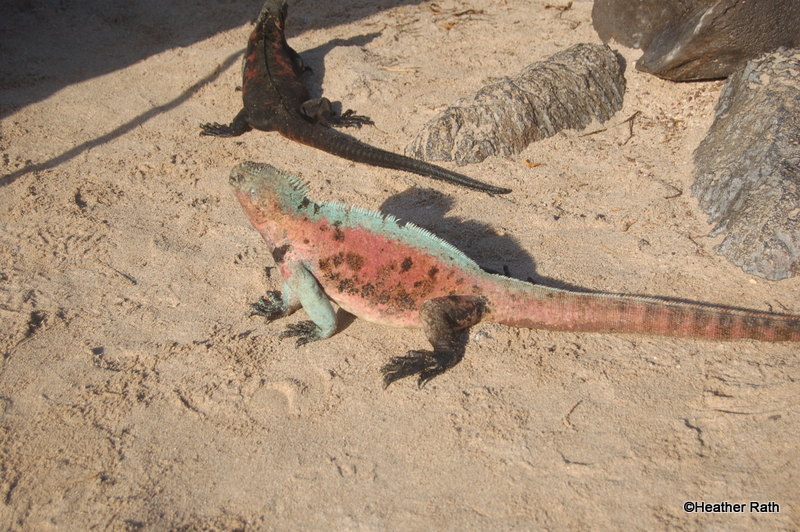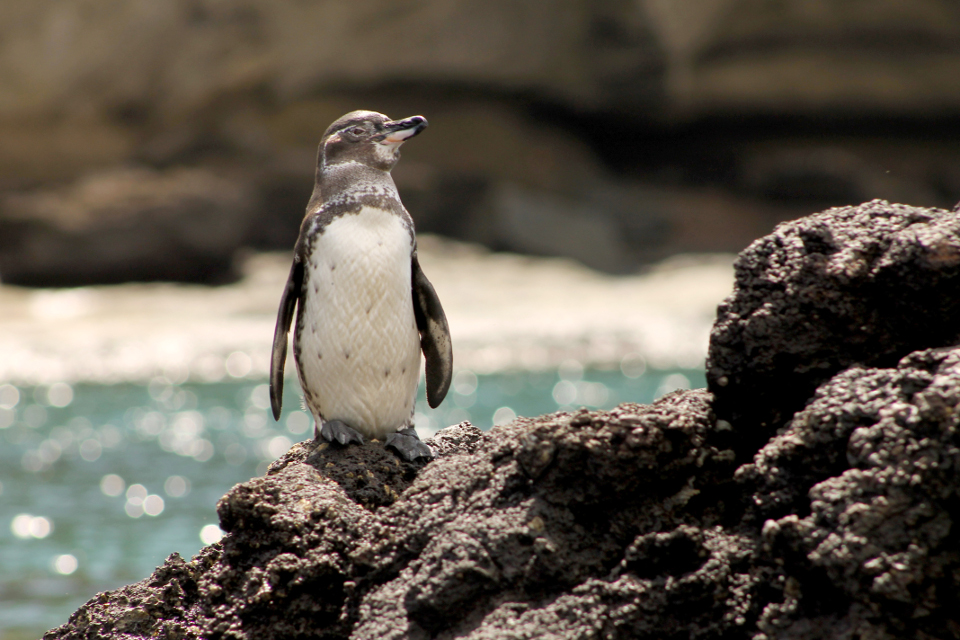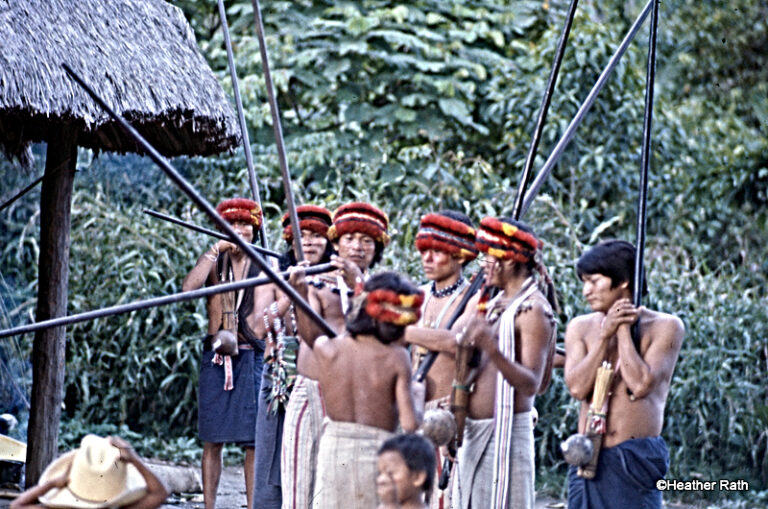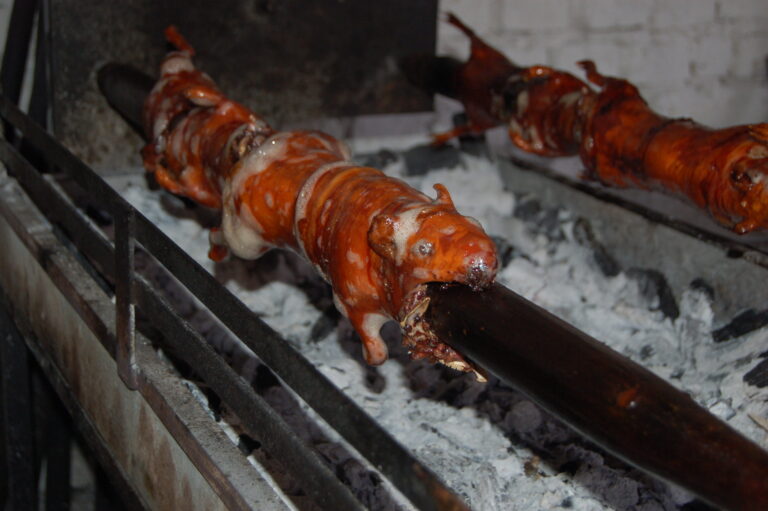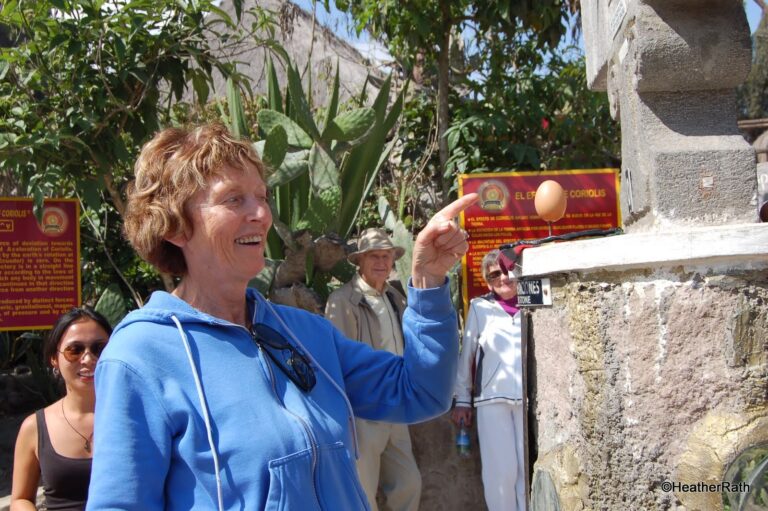Eco Etiquette in the Galápagos
****With Covid-19 Update****
“Stay on the path!”
I flinch. Our naturalist guide, Nikolas, is agitated. Excited by a sea lion mere inches from me, eager for a close-up photo portrait, I commit the cardinal sin. I stray from the marked path. Breaking the law of eco etiquette in the Galápagos. Map of Ecuador and the Galapágos.
“See these rock boundaries?” he repeats. “They are there so you know where you can walk and where you can’t. If you wander all over you do so much damage. Without knowing, you can step on iguana egg nests buried in the sand or a bird’s ground nest. So just remember—please—stay on the path.”
Wrong move. Again.
Unfortunately, I stumble again into the pit of ignorance. This time not alone.
“Puh-leeze!” pleads Nikolas to our group of ten. “No flashes on the camera! Not good for the animals. Please do not touch them. They have no fear of humans since we do not harm them.”
A sea lion pup, nursing with his mom, is so close I could reach out and touch him. He looks up curiously with large warm brown eyes. Then nonchalantly returns to his milk supply. We are enchanted. No wonder these are called The Enchanted Islands.
Blue-footed boobies
We move on. Quietly observe, admire a mama, papa and baby blue-footed booby family, the chick a mass of ruffled soft feathers. The adult bird’s bright blue feet, as if painted by an artist, are used in a mating ritual. They lift up their feet and dance, sometimes pointing their wings towards the sky.
“You see,” whispers Nikolas. “You might have stepped on their nests if you wandered off the trail.”
Finally, we get the message.
Christmas Iguanas
On we tread—carefully. We come across a pair of mating marine iguanas, the red and green male (“we call them Christmas iguanas”, says Nikolas) atop the squirming red and black female. Again, we are only a few feet away.
Bright orange plastic toys
Sally Lightfoot crabs (named by English seafarers) scamper over a black volcanic landscape like bright orange plastic toys, their multi-coloured markings a work of art.

Giant Tortoises, Lonesome George
On another island, we come face to face with giant tortoises. We catch a glimpse of Lonesome George, about 90 years old then, the last survivor of the dynasty of land tortoises from Pinta island. Found in December 1971, he was moved to the Charles Darwin Research Station on Santa Cruz Island in March 1972. Repeated attempts by scientists to mate him with a subspecies were unsuccessful because of no exact DNA match.

Death of Lonesome George
On the morning of June 24, 2012, Lonesome George was found dead in his corral by his caretaker. According to scientists, he died from natural causes. His death shocked those who cared for him. Giant tortoises from George’s particular subspecies can live to be 200. It is believed that one direct descendant has since been found on Isabella Island in 2019 but more research is needed for verification.
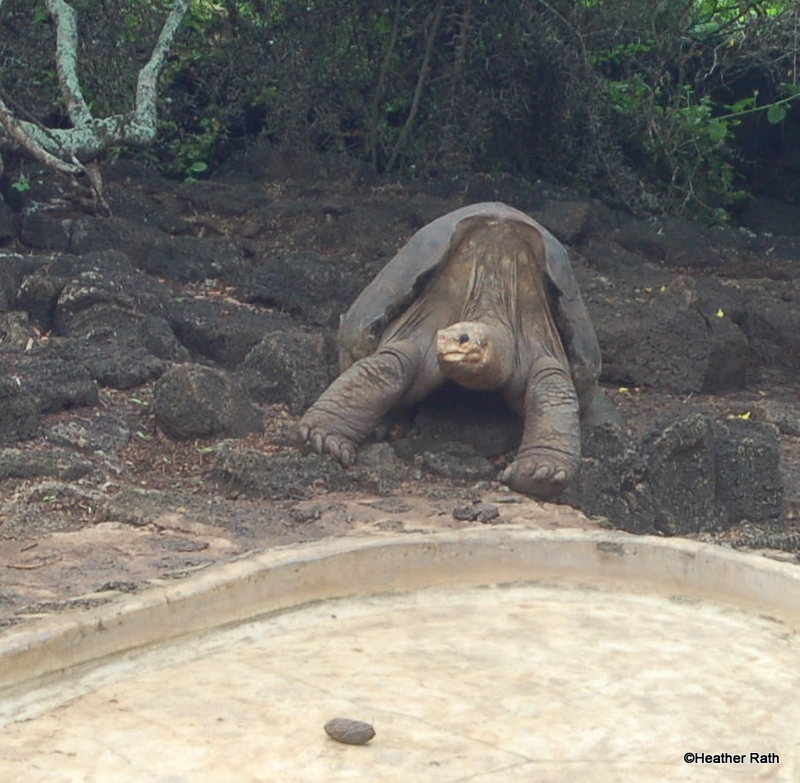
Rules of the Galápagos National Park:
PLEASE…!
- stay on the trails
- do not disturb any wildlife or remove any native plant or rock material
- make sure you do not accidentally transport any live material to the islands, or from island to island. Insular ecosystems are fragile biological units.
- be cautious when approaching wildlife and always follow your Naturalist’s advice.
- animals are not to be fed by humans. Particular attention should be given to water bottles.
- it is prohibited to bring food to visitor sites
- do not startle or chase any animal from its resting or nesting area
- smoking is not allowed on the islands nor is it on any boat during your visits. The use of cellular phones is prohibited on visitor sites
- do not buy any souvenirs made from native Galápagos species (exception: wood)
The Galápagos Islands
The islands are a group of 13 major volcanic islands that lie in the Pacific about 600 miles (1,000 km) off the coast of Ecuador. 97% comprise the National Park and Marine Reserve. It is the world’s largest marine reserve after the Great Barrier Reef of Australia.
The islands are relatively new geologically, ranging in age from 4-5 million years to just less than one million years old. There is continuous geologic activity as the islands evolve.
The equator bisects the Galápagos.
Tidbits of past history
Charles Darwin visited the islands in 1835 for five weeks. He noticed striking differences between the wildlife and plants here compared with the mainland. These observations formed the beginning of his thoughts about evolution.
Evolution
Evolutionary processes are found in species such as the 13 Darwin’s finches (believed to be descendants of a common ancestor), Galápagos mockingbirds, giant tortoises, flightless cormorants (so named because they have no need to fly due to a plentiful food supply and lack of predators), Galápagos penguins (third smallest in the world and the only ones in the northern hemisphere) plus certain cacti and the Scalesia tree (from the aster family).
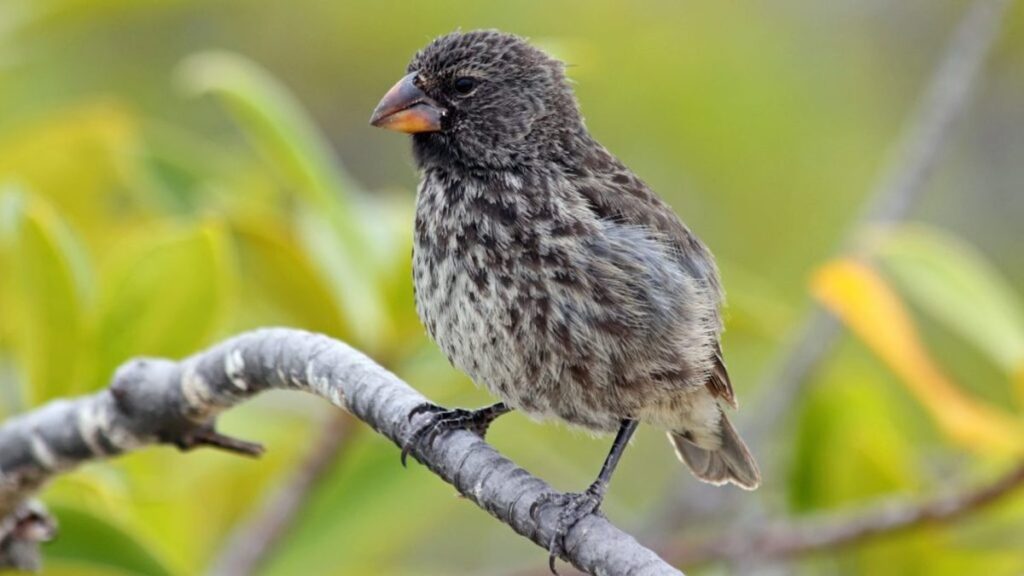
Endemic life
40% of the 500 higher plant species are endemic to the islands. Out of more than 400 species of fish found in and around the islands, 50 are endemic. Of the 58 species of birds found here, 28 are endemic.
Famous reptiles
Most famous reptiles of the islands are the giant tortoises with 14 subspecies, of which three are extinct.
The Galápagos green sea turtle is the only marine turtle endemic to the Galápagos.
Iguanas are another endemic reptilian species. The marine iguana, the Santa Fe land iguana and the Galápagos land iguana are all endemic to the area.
COVID-19 update
Sadly, the Enchanted Islands are not immune to the ravages of COVID-19. This month has brought a startling reality check:
- Scientists have seen their work analyzing the Galápagos’ wildlife abruptly interrupted.
- At the Charles Darwin Foundation, researchers have been studying a species of parasitic flies, probable arrivals over 30 years ago on a plane or boat. These flies threaten 20 bird species. For five years scientists have been collecting data on these parasites. Now, data from 2020 will be missing.
- Greatest blow has been to tourism. Before the virus, about 800 visitors arrived daily. Officials estimate the islands have already lost at least $50 million, a quarter of their expected annual income.
- How soon the Galápagos Islands will reopen is unclear. Ecuador’s government is calling for a gradual opening in three stages. But the final stage will not mean a full return to normal; there are no plans yet for resuming national or international flights.
Travelled: March, 2011, Updated May, 2020
Map of Ecuador and the Galápagos
